Feeding the Future with Beef Cattle
A Sustainable Approach to Responsible Food Production
- Species
- Beef
What does the science say? What is the data telling us? These questions driving conversations around human health and the novel coronavirus are also informing how stakeholders in the feed-to-food chain think about livestock production and sustainability.
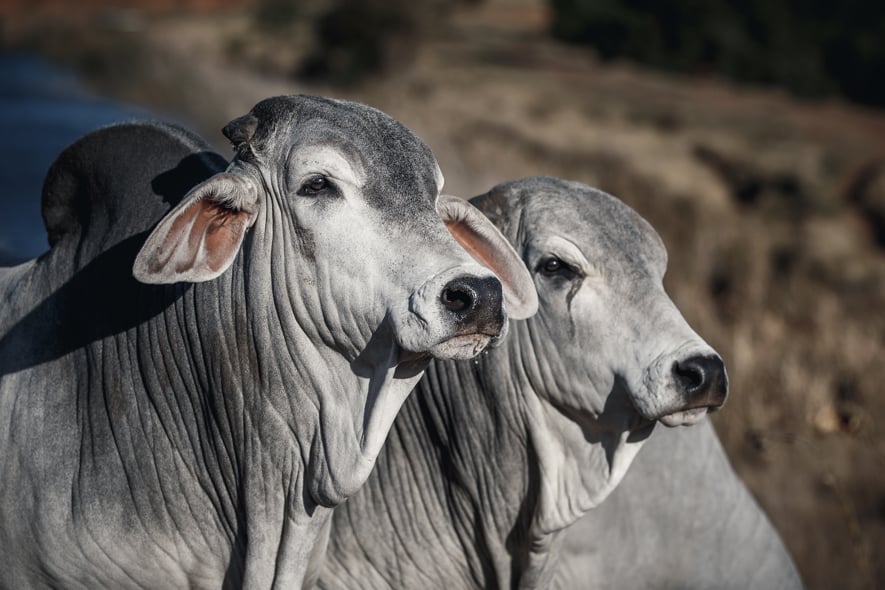
Analysis of ruminant animals’ biological processes, production practices in various regions of the globe and environmental issues such as greenhouse gas emissions all suggest opportunities to mitigate livestock production’s impact on the environment.
Concerns about climate change have given rise to media reports about how dairy and beef production affect methane and greenhouse gas levels. But what does the science say about animal agriculture and its impact on the environment? What data confirms or refutes media headlines?
Among species categories, ruminants play a key role in global food production systems. Beef cattle are innately suited to utilize Earth’s grasslands and plant byproducts while providing a highly nutritious source of dietary protein for human consumption. Science can help address critical questions such as: What demands does beef farming place on the planet? How much does beef production contribute to greenhouse gas emissions? How can we conserve earth’s finite resources while also producing sufficient protein to meet demand?
Responsible Food Production and Sustainability
Environmental sustainability is just one component of “responsible food production”. Other essential components of responsible production include food safety, food security, animal welfare and socially sustainable production practices. Environmentally sustainable food production requires utilizing renewable resources such as sunlight, water and soil to yield food without depleting resources. From a practical application perspective, food production should have a neutral impact on biodiversity without expanding land use. A balanced approach to environmental sustainability as part of a circular approach to responsible food production requires the utilization and recycling of elements such as carbon, nitrogen, phosphorous and trace minerals.
Renewed attention is being placed not only on food production systems but also on the changing mindset of farmers and what motivates their practices. As fewer but larger farms feed the world, today’s beef farmers are balancing economic objectives with environmental stewardship and animal welfare. A recent report from the Intergovernmental Panel on Climate Change (IPCC) illustrates how today’s farms have tremendously increased productivity without requiring much additional natural resources. Since the early 1960s, cropland has increased just 15% globally and pastures have grown by 8%, while cropland production has increased 3.5 times, and animal production has increased 2.5 times. More food is available for a global population that has doubled in the same time. The IPCC experts also indicate that greenhouse gas emissions per unit of food produced are about 60% lower than in 1960, showing that although the total footprint of food production has increased, this has not happened proportionally to food production or human population growth. These productivity and efficiency achievements are the result of agricultural technologies mainly implemented in advanced economies. Implementation of these technologies in Iow-and mid-income countries can and will further reduce the global footprint of food. Low-and-mid-income geographies account for 70% of ruminant emissions today, but the transformation of these societies and their food production systems is on its way.
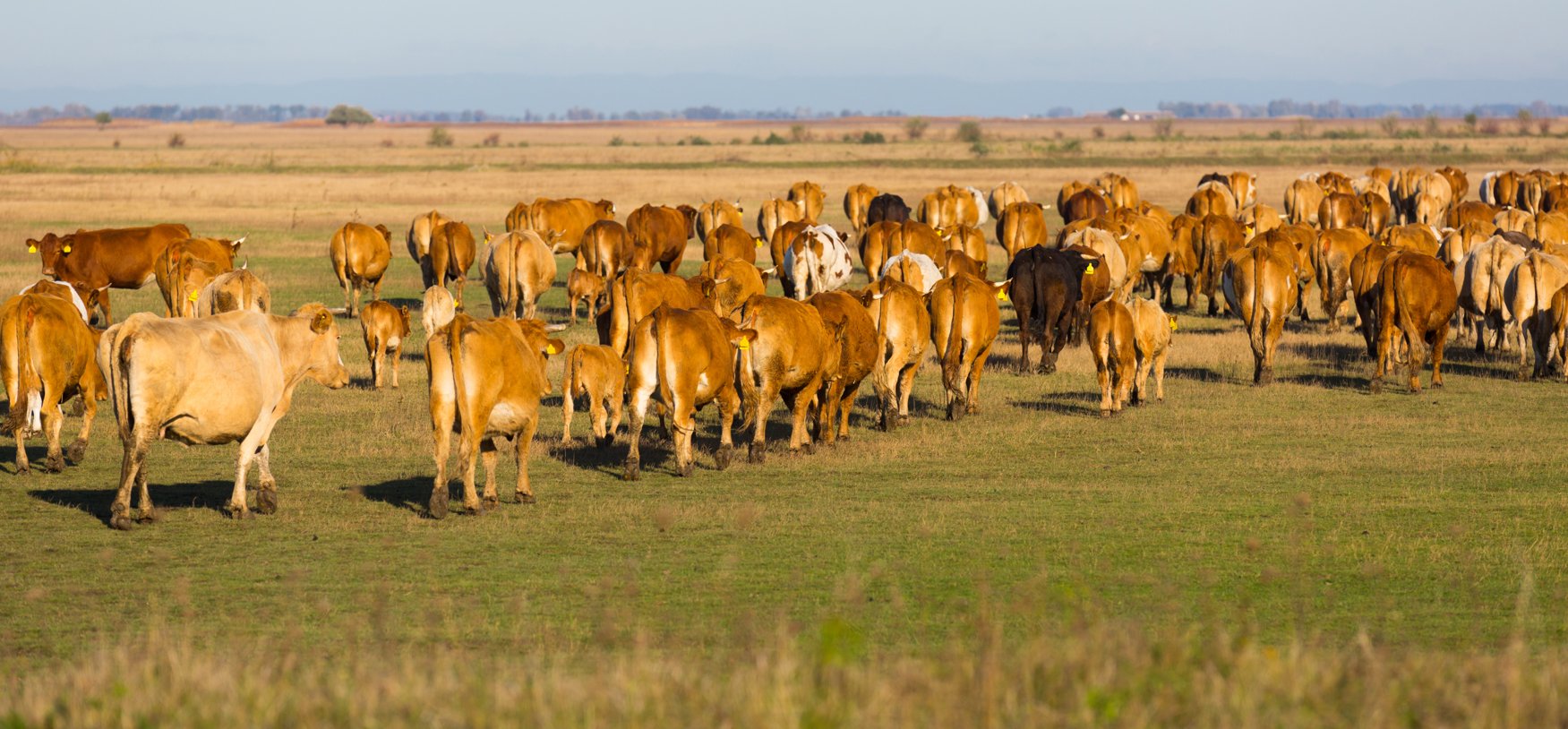
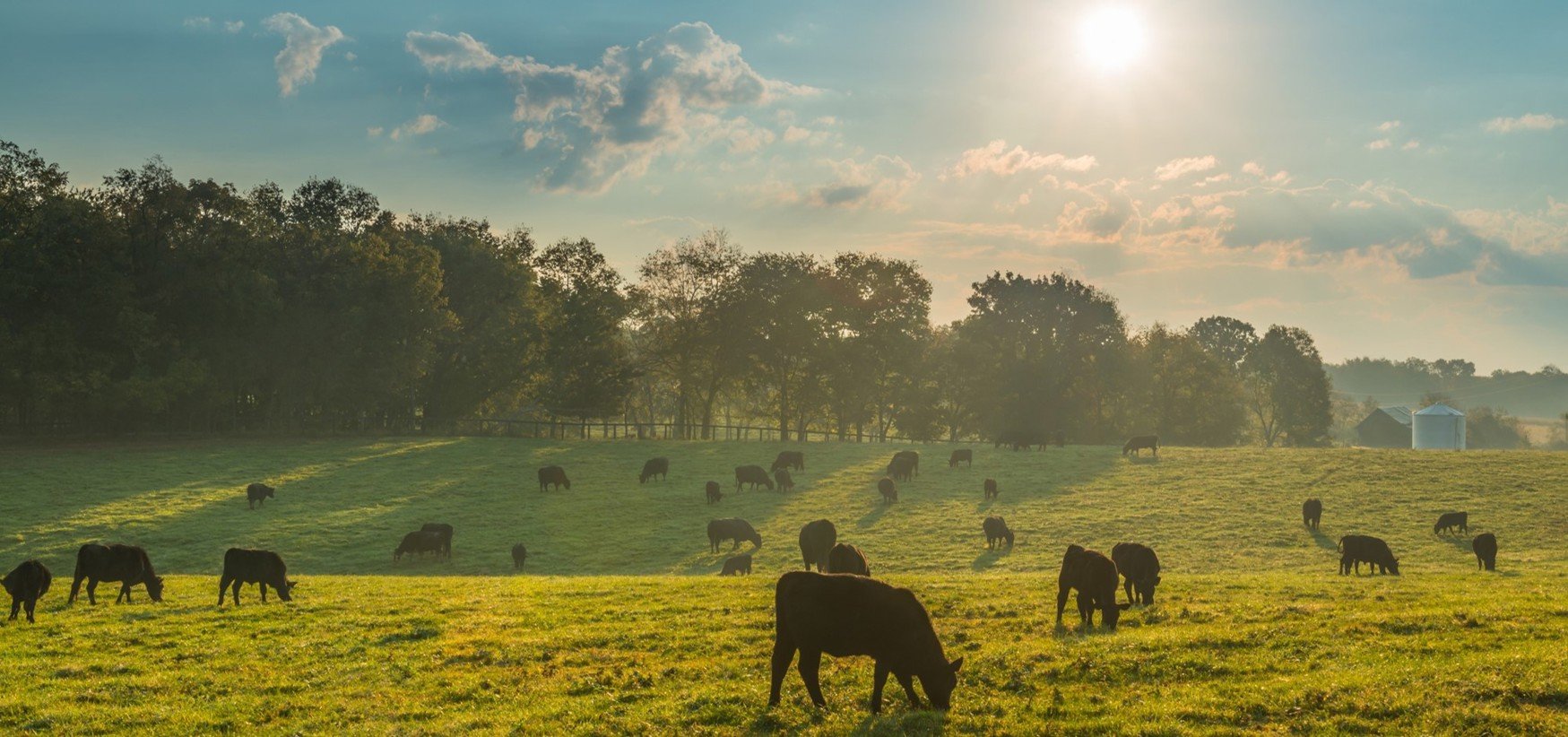
Beef Cattle – a starting point for efficient protein production
Cattle have evolved to support their efficient survival using natural resources. As domesticated species, they present some inherent challenges as well as opportunities. As cattle take at least two years to reach reproductive adulthood and nearly a year is required for calf gestation, bovine animals have significant reproductive and developmental limitations as compared to pigs and poultry. On the other hand, cattle are versatile animals. They are geographically and seasonally adaptable and are able to digest a broad range of substrates that humans or other animals cannot consume.
Among a global herd of 1B cattle, about 50% of beef is produced in three production regions - U.S., EU and Brazil. Especially in beef production, there is a significant variance in productivity based on geography and production method. For example, roughly 200M beef cattle in Brazil generate 15% of the world’s beef production, while 95M cattle in the U.S. produce 20% of the world’s beef. Beef cattle’s lower productivities are linked to extensive production models that can be well integrated into natural resources and support efficiency in a different way. Intensive systems on the other hand are efficient in resource utilization but can present fewer opportunities to integrate into the geographical environment. Every geography has a different optimum in the range of sustainable intensification.
Intensive dairy and extensive tropical grazing beef are two of the most successful ruminant production systems. As different as these are, they share a random characteristic that exposes their respective current opportunities for improvement. In both systems, only about one third of animals go to slaughter every year. In a dairy system, this is far too many and in a beef system, this is far too few. Nutritional technologies are transforming tropical beef production rapidly. Adequately supplementing grazing diets with small feed volumes allows shortening in time to slaughter, potentially condensing production time from three seasons to just two. These sorts of improvements have allowed Brazilian beef production to grow in the past decades without expanding pasture area.
Ruminant efficiency should be viewed through a broad lens, considering the complete cycle associated to production, and interactions between dairy and beef production systems such as the trend toward more dairy cows being inseminated with beef breed semen. Finally, the nutrient output in terms of finished food and the opportunity to reduce food waste should be considered when thinking about animal efficiency. Crop residues derived from cereals, oilseeds, vegetables and many other crops represent 60% of the world’s crop yield and provide an available food source for cattle, allowing for additional protein yields without mobilizing any additional resources.
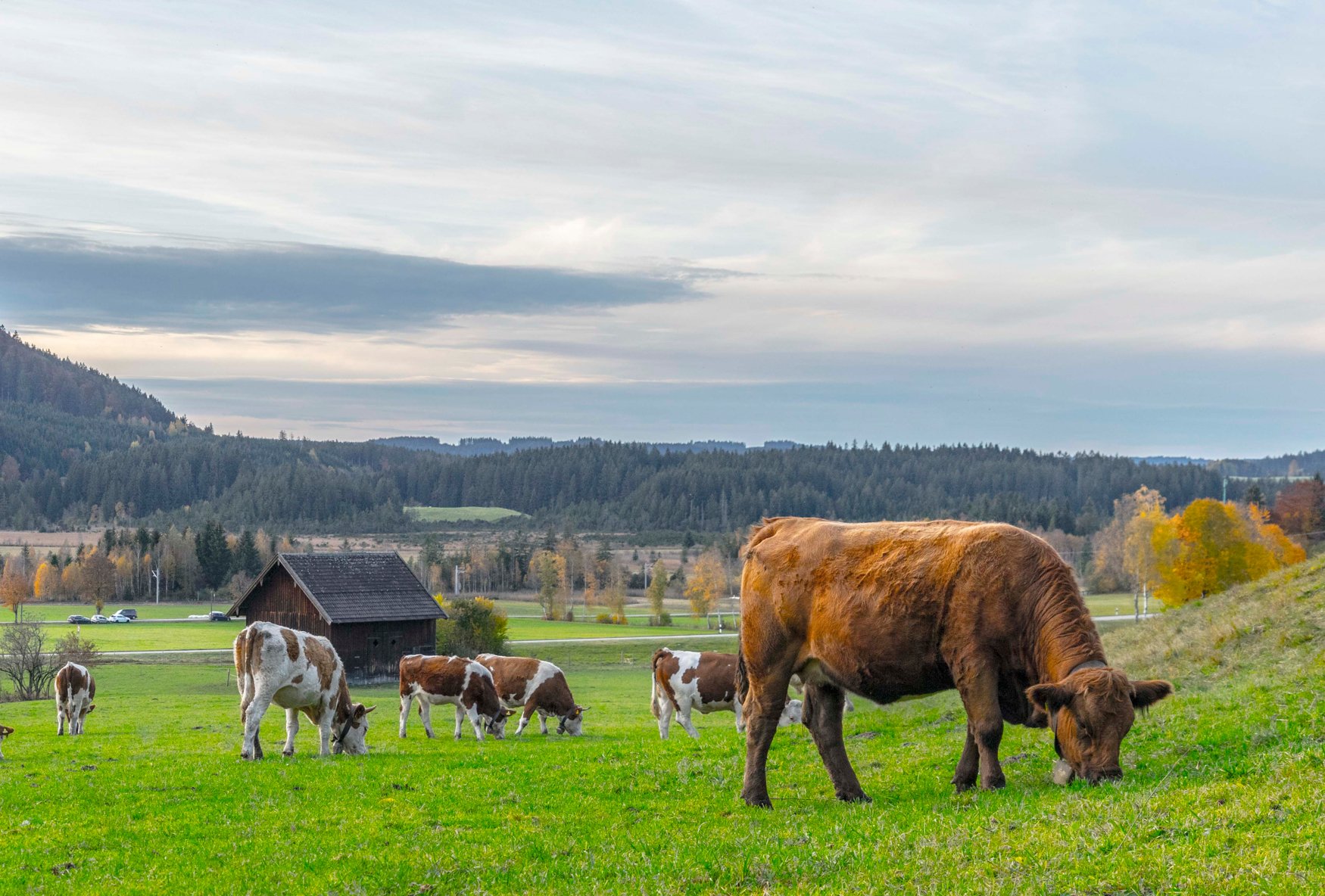
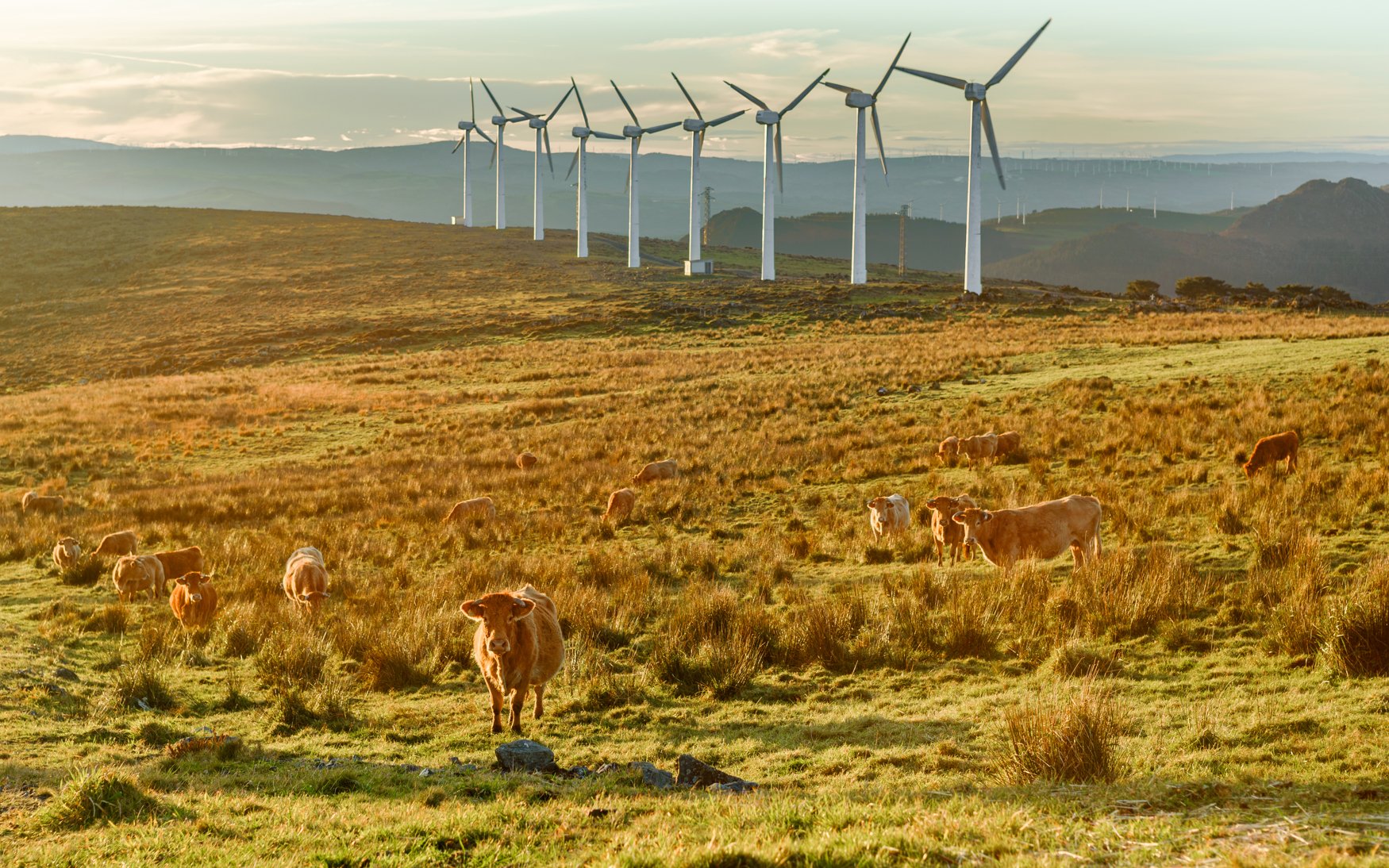
Beef Production: Insights on Carbon, Methane and Feeding the Future
Today’s climate change conversation often references gains in carbon emissions without discussing the source and function of the emission. Fossil fuels stem from geologic reserves used for fuel energy, whereas emissions from cattle are released after being captured by a plant and transformed into atmospheric carbon. As such, emissions from cows are naturally integrated into the entire eco-system as part of a short-term carbon cycle that includes fluxes between soil, oceans, plants and the atmosphere. The relevance of cattle in this cycle is the conversion of carbon into its methane form. Even if this carbon form is short lived in the atmosphere, it is very relevant in its greenhouse effect.
While much attention is focused on carbon in the atmosphere, the vast amounts of carbon stored in the soil as well as in the oceans are often overlooked. And while much progress needs to be made to reduce carbon emissions, the goal is not to eliminate emissions entirely, but to restore an equilibrium in this carbon cycle. This complex system seems to have adapted to the stress induced by human activity. Photosynthesis has increased and the uptake of carbon by the ocean has increased but these adaptations cannot cope with the current level of emissions. An observation of the carbon balances describes the severity of the problem, but it also describes an opportunity to restore balance by indispensable emission reduction. Most importantly, perspective on carbon stores and fluxes exposes an urgent need to observe soil and oceanic carbon preservation, as a positive opportunity but also as a threat deserving greater awareness.
Similarly, atmospheric methane needs understanding as a natural component of the atmosphere that has lost its equilibrium due to human activity. Beyond domestic ruminants, methane emissions include fossil fuel activities and many natural sources such as wild ruminants, wetlands, soil releases and natural geological emissions from volcanos. Also, in the case of methane, different forms of capture or oxidation should compensate all these emissions, but this balance has been lost and atmospheric methane concentrations are currently rising dangerously. However, the estimated excess methane emission is rather small as compared with total emissions and drains and as compared to emissions related to human activity. In fact, the excess is about 10% of fossil fuel or domestic ruminant emissions. This suggests an optimistic opportunity to restore balance by emissions or either or both of those sources.
Estimating the potential global warming effect resulting from methane emissions is far from simple. The greater heat capture value of methane as compared to carbon dioxide is well described and it is generally accepted that methane has a warming potential 30 times that of carbon dioxide. This value results from the known warming potential and the expected time until it is converted to carbon dioxide, but different values result from different time horizons of climate change. Recent research from the Oxford Martin School dives deeper into this calculation estimating outcomes under conditions of rising, constant, or declining methane emissions. This newly suggested approach suggests an optimistic impact from scenarios of small decreases in emissions, which would result in greater than earlier expected mitigation of global warming, encouraging efforts to mitigate methane emissions.
When it comes to mitigating greenhouse gases, it is important to remember that methane is a by-product of beef cattle’s digestion as opposed to its meat production. Thus, the methane footprint of meat production is strongly associated with feed efficiency. Additional efforts to reduce methane emissions by nutritional means are also interesting but should not distract from the main opportunity for mitigation, which is increasing the feed efficiency of beef animals.
Recently, there is an increasing interest in soil carbon, which is 2.3 times greater than atmospheric carbon and has a reservoir 3.5 times greater than the carbon found in all living plants. Grazing cattle can positively influence carbon retention in soils, and this represents an interesting opportunity to offset the estimated carbon footprint from their methane emissions. Optimistic discussions are taking place around this opportunity however, inadequate grazing can also have the opposite effect. Learnings so far on this topic focus on the importance of managing grazing without degrading soils, and even as a means to restore soil carbon.
The Evolving Role of Beef Cattle
Ruminants have been a part of food production since the inception of agricultural practices. As the world’s population demands growth in food quantity and quality, the natural upcycling abilities of beef cattle will help meet protein demand. Cattle will also support the responsible use of agricultural technologies that have allowed cropland to vastly increase productivity. By balancing efforts between intensification with integration in natural landscapes for beef cattle, nutritional technologies and practices can bring greater efficiency to protein production.